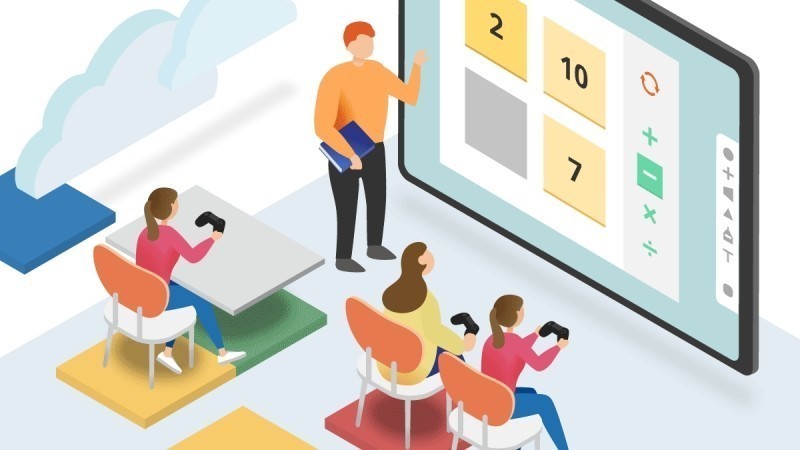
Rritja e arsimit dhe roli jetësor i gamifikimit në klasë, disa shembuj lojërash mësimore në gjuhën angleze
Mësuesja Rajmonda Metaliaj ndan me ne një material vërtetë të veçantë sa i përket gamifikimit. Gamifikimi në arsim e bën mësimin më interaktiv dhe më tërheqës duke përfshirë elementet e lojës në mësime dhe aktivitete. Më poshtë gjeni disa lojëra mësimore në gjuhën angleze.
Në peizazhin e sotëm arsimor me zhvillim të shpejtë, metodat tradicionale të mësimdhënies po përjetojnë një transformim revolucionar. Integrimi i teknologjisë dhe qasjeve inovative pedagogjike ka hapur rrugën për një mjedis mësimor më tërheqës dhe efektiv. Një mjet i fuqishëm që duhet ti jepet një tërheqje të konsiderueshme vitet e fundit është gamifikimi.
Gamifikimi në arsim e bën mësimin më interaktiv dhe më tërheqës duke përfshirë elementet e lojës në mësime dhe aktivitete. Ai motivon nxënësit, rrit përvojat e tyre të të mësuarit dhe inkurajon pjesëmarrjen aktive. Integrimi i elementeve të gamifikuar prezanton një zhvendosje dinamike nga të mësuarit pasiv në një përvojë gjithëpërfshirëse, ndërvepruese.
Në thelbin e tij, gamifikimi përfiton nga aspektet themelore që i bëjnë lojërat kaq tërheqëse - të tilla si konkurrenca, bashkëpunimi, reagimet e menjëhershme dhe motivimi i brendshëm. Këta elementë krijojnë një mjedis mësimi që stimulon kureshtjen, inkurajon eksplorimin dhe shpërblen përparimin, duke i motivuar kështu nxënësit të angazhohen në mënyrë aktive me materialin.
Një nga përfitimet kryesore të gamifikimit është aftësia e tij për të personalizuar përvojat e të mësuarit. Lojërat edukative mund të përshtaten për të akomoduar stile dhe ritëm të ndryshëm të të mësuarit, duke i lejuar nxënësit të përparojnë me shpejtësinë e tyre duke siguruar të kuptuarit dhe ruajtjen e koncepteve kryesore. Kjo qasje e individualizuar nxit një ndjenjë autonomie dhe fuqizimi midis nxënësve, duke çuar në rritjen e besimit dhe një gatishmëri për të trajtuar sfidat.
Për më tepër, gamifikimi ushqen aftësi thelbësore për suksesin në shekullin e 21-të, duke përfshirë të menduarit kritik, zgjidhjen e problemeve, vendimmarrjen dhe bashkëpunimin. Duke paraqitur objektivat mësimore në formën e kërkimeve, sfidave ose enigmave, nxënësit inkurajohen të mendojnë në mënyrë krijuese dhe strategjike, duke përmirësuar aftësitë e tyre njohëse në këtë proces.
Gamifikimi ka gjithashtu një ndikim të thellë në motivimin e nxënësve. Duke integruar shpërblime, distinktivë, tabela drejtuese ose nivele, edukatorët përdorin motivues të brendshëm, duke ndezur një ndjenjë arritjeje dhe përparimi. Ky motivim i brendshëm kultivon një interes të vërtetë për të mësuar, duke tejkaluar përfundimin e thjeshtë të detyrave në një angazhim më të thellë me lëndën.
Ndërsa teknologjia vazhdon të përparojë, potenciali për gamification në arsim vetëm do të zgjerohet. Nga simulimet e realitetit të shtuar deri te platformat interaktive në internet, mundësitë janë të mëdha për krijimin e mjediseve mësimore zhytëse dhe me ndikim.
Si përfundim, integrimi i gamifikimit në klasë përfaqëson një ndryshim paradigme në arsim, duke ofruar një qasje transformuese për të angazhuar nxënësit, për të nxitur motivimin e brendshëm dhe për të zhvilluar aftësi thelbësore.
Duke shfrytëzuar elementet magjepsëse të lojërave, arsimtaret mund të zhbllokojnë potencialin e plotë të studentëve të tyre, duke krijuar një ekosistem arsimor të gjallë dhe efektiv që përgatit nxënësit për sukses në një botë gjithnjë në zhvillim.
Më poshtë gjeni disa lojëra mësimore në gjuhën angleze. (Lojërat janë përfituar nga trajnimi online 8-javor OPEN nga Universiteti i Oregonit përmes Ambasadës Amerikane shqiptare).
1. Running Dictation The purpose is to encourage motivation, increase engagement, and build collaboration among students in a fun way. We need15 minutes, a tape, and some pieces of paper are necessary. This can be played on all levels and skills. The teacher chooses 5 to 10 sentences related to the target content. Then, write them separately on pieces of paper and tape them on the board. The students are paired in two. One is the runner, the other is the writer. The runner runs to the board and runs back and dictates the sentence to his/her pair. The pair who finishes the activity with the most accurate sentences wins the game.
2. "Two Truths and a Lie" The purpose of this activity is to help students get to know each other better and create a more inclusive classroom environment. There are no materials required and the time needed varies from 10-15 minutes. In this icebreaker activity, each student takes turns sharing three statements about themselves - two truths and one lie. For example, a student might say, "I have two cats, I love playing the piano, and I've climbed Mount Everest." The rest of the class then tries to guess which statement is the lie. This game encourages students to share personal information, which can lead to interesting conversations and connections. It also promotes active listening and critical thinking as students evaluate their classmates' statements. As students discover common interests or shared experiences, it helps build a sense of community within the classroom.
3. "Compliment Circle" increases students' compassion for each other and fosters a positive and supportive classroom culture. There are no materials required and the time needed varies from 15-20 minutes. The teacher puts the students in a circle and then starts by selecting one student to stand in the middle of the circle. The rest of the class takes turns offering genuine compliments or positive affirmations to the students in the center. After a few minutes, the student in the center rotates to the next person, and the compliments continue. This activity helps build empathy, boosts self-esteem, and reinforces the importance of kindness and encouragement within the classroom community.
4. Jigsaw Reading: It takes 30-45 minutes depending on the complexity of the material. Materials that we need include texts or articles, note-taking tools, and large pieces of chart paper. Jigsaw Reading is a cooperative learning strategy that supports differentiated instruction by allowing students to become experts in specific content areas and then teach their peers. It enhances comprehension, communication, and teamwork skills. Divide the class into small groups, and assign each group a different section of reading material or a specific topic related to the lesson. Within these groups, students read, discuss, and take notes on their assigned content. Afterward, they regroup so that each new group contains one member from each of the initial groups. In these new groups, students teach their peers about their assigned section or topic. This activity fosters collaboration, caters to varied learning paces, and ensures that every student learns and teaches at their level of understanding.
5. RAFT Writing Source: The time required for an RAFT writing activity can vary, but it's typically designed to be completed in one or two class periods and we need to provide writing materials, such as paper and pens, or digital devices if preferred. RAFT (Role, Audience, Format, Topic) writing is a creative way to engage students in the writing process while accommodating diverse learning preferences and readiness levels. It encourages students to consider different perspectives and formats for their writing. In an RAFT writing activity, students are provided with a specific Role, Audience, Format, and Topic. For example, a student might be asked to write a letter (Format) from the perspective of a historical figure (Role) to a contemporary expert (Audience) about a significant event (Topic). By providing different combinations of these elements, students can choose or be assigned an RAFT that aligns with their interests and readiness level. This approach allows for differentiation, as students can select or be guided toward a writing task that suits their strengths and preferences, while still addressing the essential learning objectives of the lesson. The teacher can adapt the complexity of the RAFT elements to meet individual student needs.
6. Dictogloss Dictogloss is a collaborative language learning activity designed to enhance listening, speaking, writing, and grammar skills. It supports differentiated instruction by allowing students to work together to reconstruct a text, enabling varying levels of proficiency to contribute meaningfully. It takes about 20-30 minutes and we need a short, challenging text suitable for the students' proficiency level, a whiteboard or a large flip chart, pens, and notebooks for students.The teacher reads the chosen text aloud at a natural pace. Students listen attentively but do not take notes during this stage. Students work in pairs or small groups. The teacher rereads the text, this time at a slightly slower pace. As the teacher reads, students collaboratively reconstruct the text, pooling their understanding and grammar knowledge. They focus on capturing the essence of the text rather than replicating it word-for-word. After the reconstruction, different groups or pairs compare their versions of the text. The class discusses the differences, focusing on grammar, vocabulary, and overall meaning. The teacher can highlight specific grammatical points or vocabulary words during this discussion.
7. Picture-Based Storytelling Picture-based storytelling is designed to enhance students' speaking, listening, and creative thinking skills. It supports differentiated instruction by allowing students to create stories based on their language proficiency. Beginners can focus on basic vocabulary, while advanced learners can incorporate complex sentence structures and idiomatic expressions. It takes about 15 -20 min and we need various sets of pictures or illustrations, one set per small group of students, large chart paper, and markers. Students are divided into small groups and given a set of pictures. Each group creates a story using the pictures as prompts. The level of difficulty of the story can be adjusted based on the students' proficiency. For beginners, the focus can be on basic sentence construction, while intermediate students can concentrate on incorporating specific grammar rules or vocabulary. Advanced learners can be encouraged to use figurative language and advanced vocabulary. After preparing their stories, each group presents to the class. This activity allows students to work at their own proficiency level while engaging in a creative and collaborative learning experience.
8. Differentiated Vocabulary Bingo The purpose of Differentiated Vocabulary Bingo is to reinforce vocabulary learning while accommodating different learning levels. By providing various levels of difficulty in the bingo game, it supports differentiated instruction by catering to students with different vocabulary knowledge. It takes approximately 10-15 minutes. We need Bingo cards (prepared in advance with different sets of words based on difficulty levels), markers, vocabulary lists, and prizes (optional). In this activity, teachers distribute bingo cards to students. Each card contains a grid of words. The teacher calls out definitions, synonyms, or example sentences related to the words on the cards. Students mark the corresponding words on their cards. The twist here is that the words on different students' cards vary in difficulty. For example, one student might have basic words suitable for beginners, while another might have more advanced vocabulary. By differentiating the words, students are challenged at their appropriate level. When a student shouts "Bingo!", they need to correctly define the words they marked to win, ensuring not only recognition but also understanding of the vocabulary.
9. Turn-To-Your-Neighbor Discussions is a good technique for motivation. It does not take more than 3 mins and only requires students to share their thoughts and their insights on a certain topic. Students turn to a neighbour and answer questions or discuss a solution to a problem. The teacher then calls on students for answers. This activity fosters collaboration and students acquire some social skills.
10. Round Table It allows students to practice communication skills and recall their prior knowledge. The students write sentences about a certain topic or answer questions. The paper is passed around to one group member and each one responds in writing.The student finally gets his/her original paper when it is returned and reads his/her peers comments then shares what he/she thinks is the right answer or idea. It is a good way to get my students to work in small groups and to improve their writing skills.
11. Fishbowl Debate Divide students to sit in groups of 3 and I assign roles. For example, the person on the left takes one position on a certain topic for debate, the person on the right takes the opposite position. the one in the middle listens, takes notes and decides which side is the most convincing one and explains why he/she chose to be on that particular side.I can later call on some students to summarise their discussions. The activity takes 15 mins and teaches the students to respect each others' point of views, as well as express their own freely.
12. Think-Pair-Share (TPS) It takes about 15-20 minutes. It is a collaborative learning strategy that encourages critical thinking, active engagement, and peer interaction. It's designed to facilitate discussion and deepen understanding of a topic. The teacher starts by posing a thought-provoking question or presenting a topic to the class and asks students to think individually about the question or topic for a few minutes. They can jot down their ideas. Next, the teacher instructs students to pair up with a neighbor and share their thoughts and ideas. They discuss their responses, sharing perspectives and insights. Finally, the teacher opens the floor for pairs to share their discussions with the whole class. This activity is an effective way to encourage students to think critically, engage in meaningful discussions, and learn from their peers.
13. Role-play scenarios Create role-play scenarios based on real-life circumstances (for example, ordering meals at a restaurant, making a hotel reservation, resolving a quarrel). Assign roles to students and have them act out the scenarios in small groups or pairs. This game helps students improve their communication, fluency, and practical language skills.
14. Taboo: Enumerate vocabulary terms on index cards. Form teams out of the class. Every team has a single student who chooses a card and tells their teammates about it without using the word or any associated "taboo" words. Within a set amount of time, the team members must guess the word. This game enhances vocabulary, communication, and descriptive skills.
15. Traffic Light Cards: I learned about this activity from various teaching blogs and forums. This quick and simple formative assessment activity helps gauge students' understanding in real-time. It takes about 5 minutes. Each student needs three cards: red, yellow, and green. During a lesson, students use the traffic light cards to indicate their level of understanding. Green means they're clear, yellow signals some confusion, and red indicates a lack of understanding. Teachers can instantly see the class's overall comprehension and adjust their teaching accordingly, whether by revisiting a topic or moving on.
16. One-Minute Paper This reflective activity assesses students' grasp of the day's lesson and encourages them to articulate any lingering questions. It takes about 5 minutes. Students need a sheet of paper. At the end of a class, the teacher asks students to take one minute to write down the most significant point they learned and any questions they still have. This provides insights into individual and collective understanding. Teachers can address common concerns in the next class or through additional resources.
Nga Rajmonda Metaliaj, mësuese e gjuhës angleze te shkolla 9-vjeçare "Beselidhja e Malësisë", Bajram Curri
©Portali Shkollor- Të gjitha të drejtat e rezervuara. Ndalohet kopjimi pa lejen tonë.


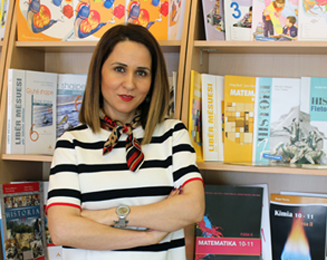
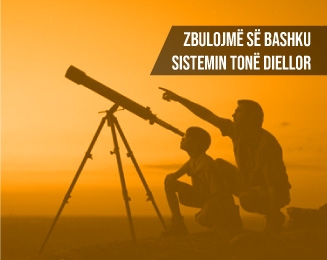
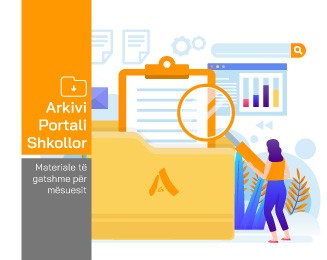
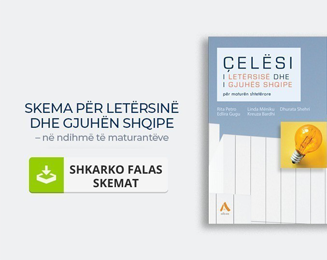
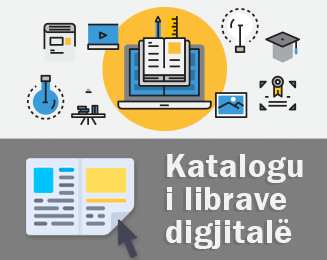
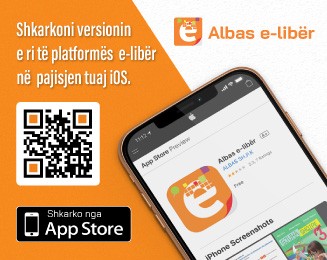
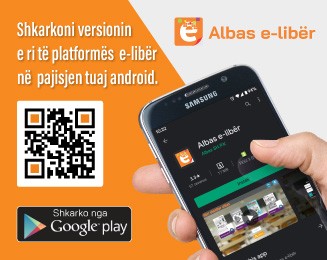
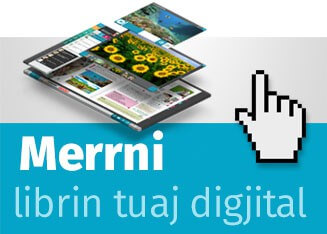
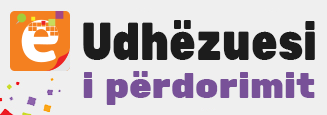
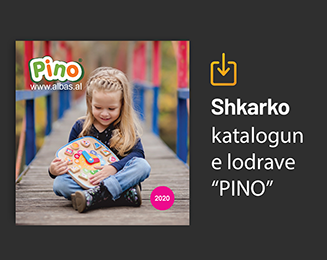
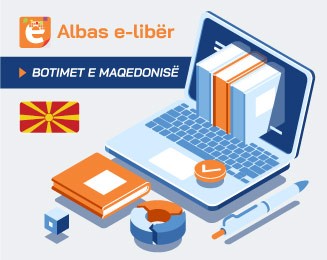
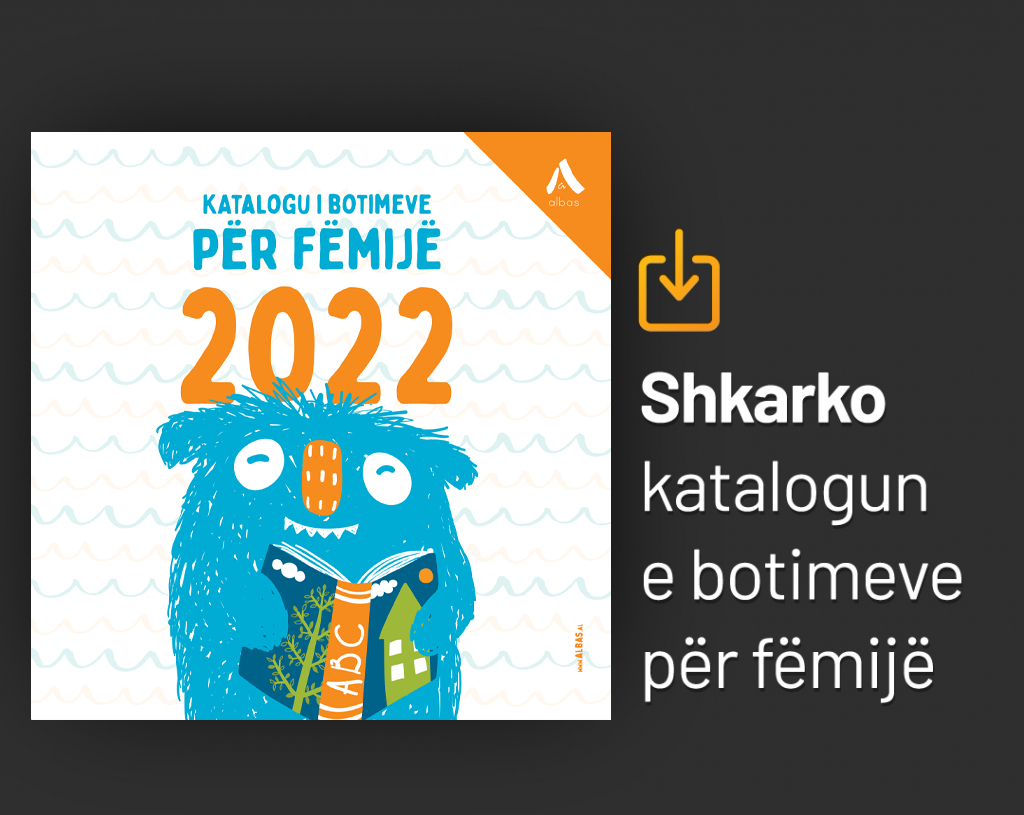





















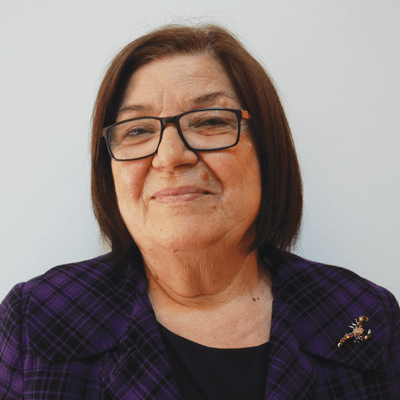
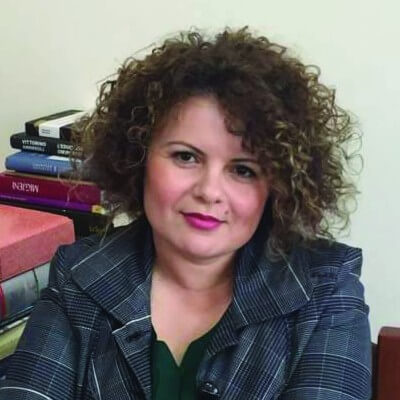






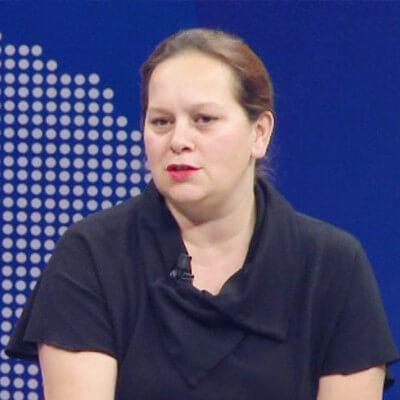

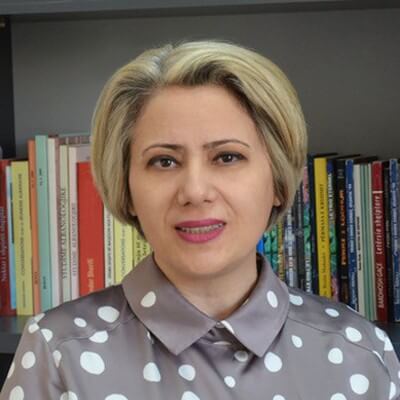


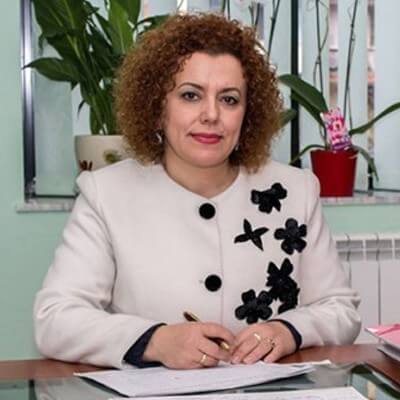

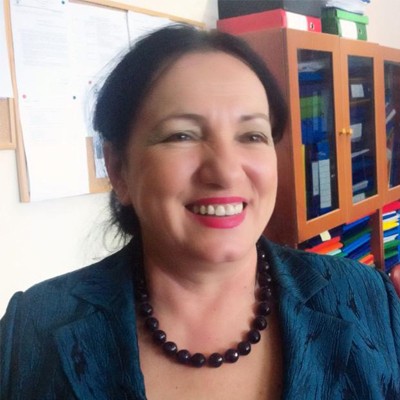

Teste të integruara për arsimin fillor dhe modele VANAF, viti shkollor 2024-2025
Modele Testesh për Arsimin Fillor për të tria periudhat, viti shkollor 2024-2025
"Model projekti për panifikim mësimor dhe kualifikim profesional, për arsimin fillor" nga mësuesi Neritan Durro